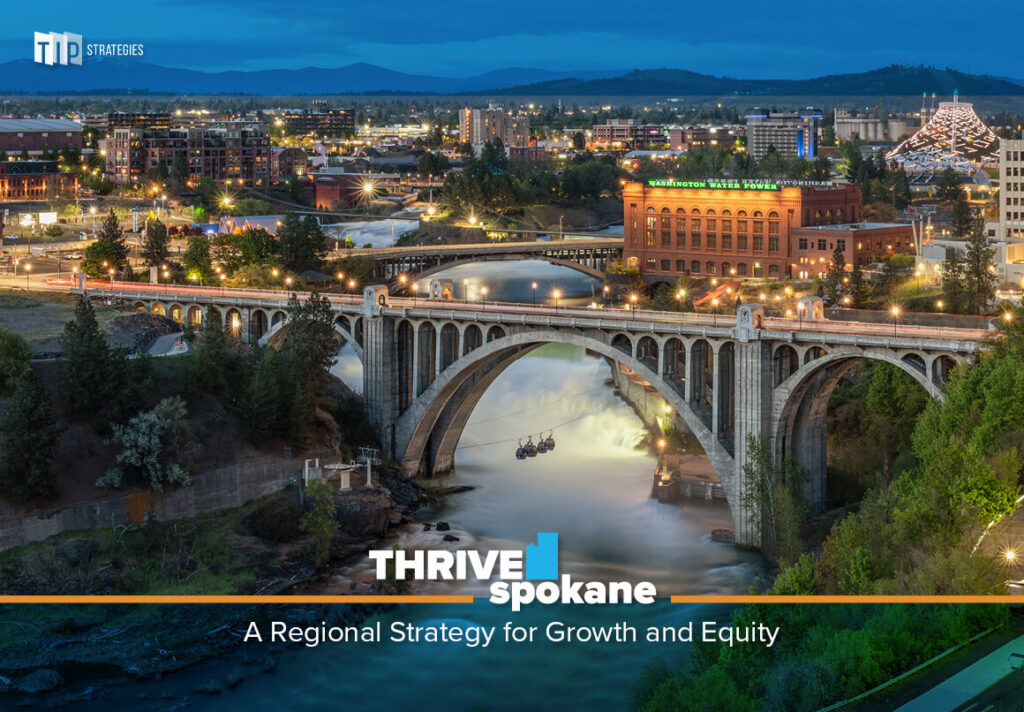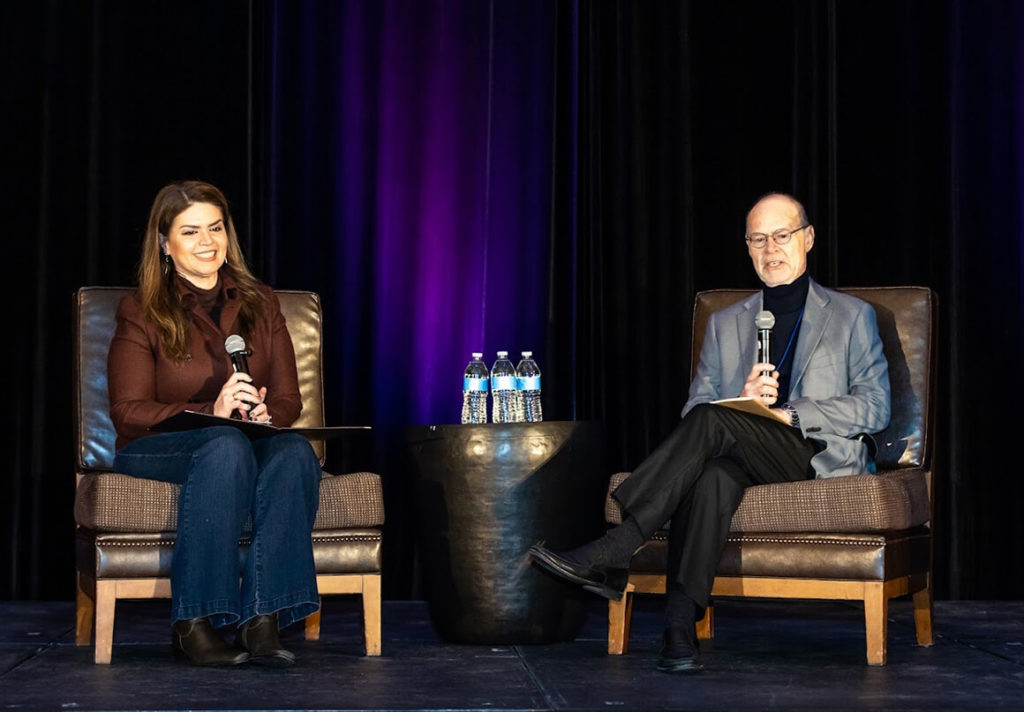2023 CNU Conference: Takeaways & Trends
In early June, Jenn Todd-Goynes attended CNU31 in Charlotte, North Carolina. As a member of the Congress for New Urbanism, Jenn is passionate about the role of the built environment and about creating people-centered places. In her recent blog post, she discusses two themes from the conference that have broad implications for community and economic developers.









